One of the responsibilities of the Technical Coordinator in the Ohio Section is to submit something for the Section Journal. The Section Journal covers Amateur Radio related things happening in and around the ARRL Ohio Section. It is published by the Section Manager Scott – N8SY and articles are submitted by cabinet members.
Once my article is published in the Journal, I will also make it available on my site with a link to the published edition.
You can receive the Journal and other Ohio Section news by joining the mailing list Scott has setup. You do not need to be a member of the ARRL, Ohio Section, or even a ham to join the mailing list. Please sign up!
If you are an ARRL member and reside in the Ohio Section, update your mailing preferences to receive Ohio Section news in your inbox. Those residing outside the section will need to use the mailing list link above.
Updating your ARRL profile will deliver news from the section where you reside (if the leadership chooses to use this method).
Go to www.arrl.org and logon.
Click Edit your Profile.
You will be taken to the Edit Your Profile page. On the first tab Edit Info, verify your Email address is correct.
Click the Edit Email Subscriptions tab.
Check the News and information from your Division Director and Section Manager box.
Click Save.
Now without further ado…
Read the full edition at: http://n8sy2.blogspot.com/2016/10/october-edition-of-ohio-section-journal.html
THE TECHNICAL COORDINATOR
Jeff Kopcak – TC
k8jtk@arrl.net
Great to see everyone at the Cleveland Hamfest on September 25th. There was not a cloud in the sky. As a result, I think more people were out in the flea market selling their wares, which is good. The inside vendors just weren’t there as in the past. Last couple years they had a large vendor selling Raspberry Pi computers and accessories. They were absent this year. Many clubs and organizations came out and showed their support by setting up tables and selling various junk which others purchased as treasures.
In an effort to promote Slow-Scan TV, digital modes, and the LEARA digital net, I put together a presentation for The Lake Erie Amateur Radio Association on the topic. In researching the history, I found and interesting connection to Ohio. The developer of SSTV, Copthorne Macdonald, specifically mentioned Fair Radio Sales in Lima, Ohio as a place he purchased surplus CRTs and components. That was a nice surprise! Slow-Scan was used a lot in early space exploration as there was no effective way to transmit images back to ground stations in the late 1950s early 1960s. The concept of satellites in space as we know them today was just starting to come around about the same time.
In talking about SSTV modes and properties, it’s great to have some technicals but it doesn’t mean much if the audience can’t relate – especially if they have not operated that mode. This applies to any topic. One idea I included in the presentation was image comparisons. I took a test pattern type source image and ran it through the loopback feature in MMSSTV. This eliminated any RF variability. The source image was compared to the received image in terms of quality and clarity of the mode only. For one comparison I did use RF. This was to demonstrate the acoustic interface (where you hold the radio to your computer). Point being that it is possible to operate digital modes using an acoustic interface but it’s clearly not the best option. Having an interface between the PC and radio is the best option for digital operations.
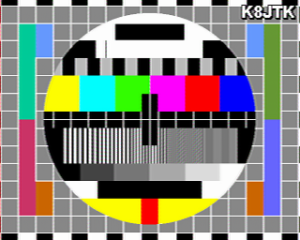 The presentation was geared more toward operating SSTV in an informal environment. I did include a typical exchange and places to look for SSTV activity on the HF bands. Lastly as part of the meeting, we did Slow Scan TV live – a live demonstration at the meeting! Well known Ham Radio educator Gordon West – WB6NOA promotes the idea of doing things live and hands on. I encouraged those who wanted to play along to bring their laptops and radios. How-to configure and use MMSSTV was shown. Then pictures were exchanged. This showed the audience what the application looks like while sending and receiving pictures. Also the Android SSTV application was available and demoed. Thanks to Joel K8SHB and Carl KB8VXE for helping out. The presentation is available on my site: http://www.k8jtk.org/2016/09/27/sstv-images-via-radio-presentations/
The presentation was geared more toward operating SSTV in an informal environment. I did include a typical exchange and places to look for SSTV activity on the HF bands. Lastly as part of the meeting, we did Slow Scan TV live – a live demonstration at the meeting! Well known Ham Radio educator Gordon West – WB6NOA promotes the idea of doing things live and hands on. I encouraged those who wanted to play along to bring their laptops and radios. How-to configure and use MMSSTV was shown. Then pictures were exchanged. This showed the audience what the application looks like while sending and receiving pictures. Also the Android SSTV application was available and demoed. Thanks to Joel K8SHB and Carl KB8VXE for helping out. The presentation is available on my site: http://www.k8jtk.org/2016/09/27/sstv-images-via-radio-presentations/
The following weekend on October 1st was the State Emergency Test (SET). I had been asked to participate as an HF digital station by Cuyahoga County Assistant Emergency Coordinator (AEC) and Technical Specialist Bob K8MD. I had checked into the Ohio Digital Emergency Net (OHDEN) over the summer. Watching and learning their procedures during the practice nets, I had knowledge of how to check in and pass traffic. This goes back to something I mentioned last month: regularly participating in nets and public service events not only shows you’re active but you’ll be familiar with the responsibilities you’ll be assigned.
That’s about it for this month. I’ll be working to get projects wrapped up and take care of end of the year requirements for clubs in the area.
Thanks for reading and 73… de Jeff – K8JTK

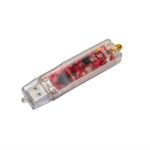
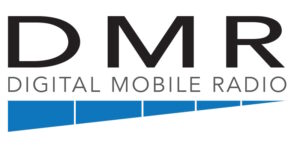
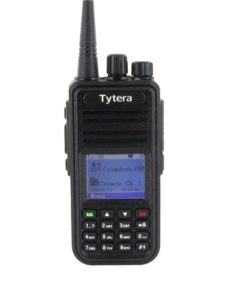
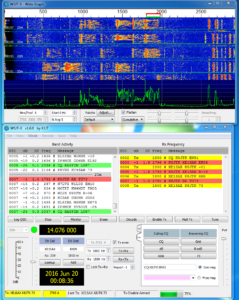

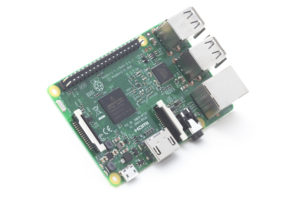
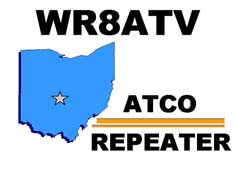
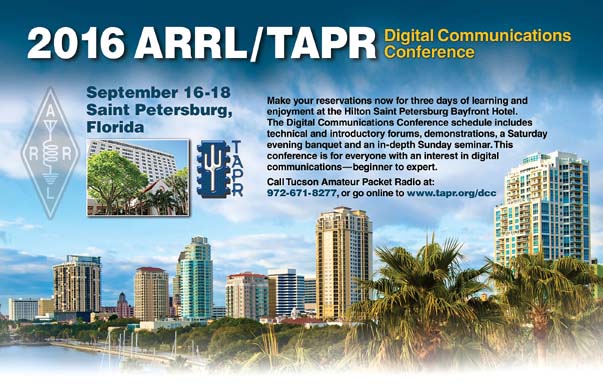
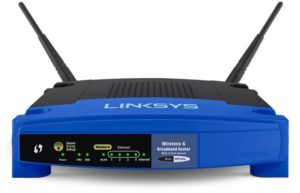
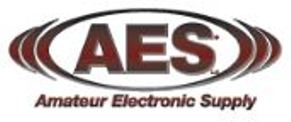
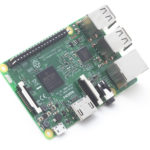
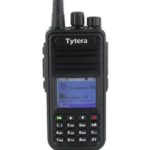
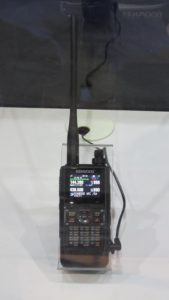
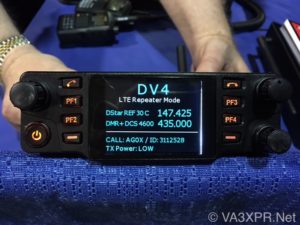
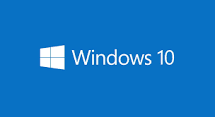
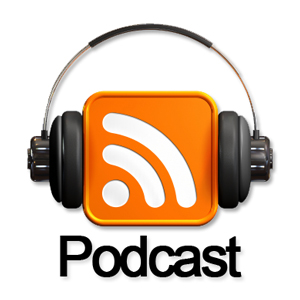

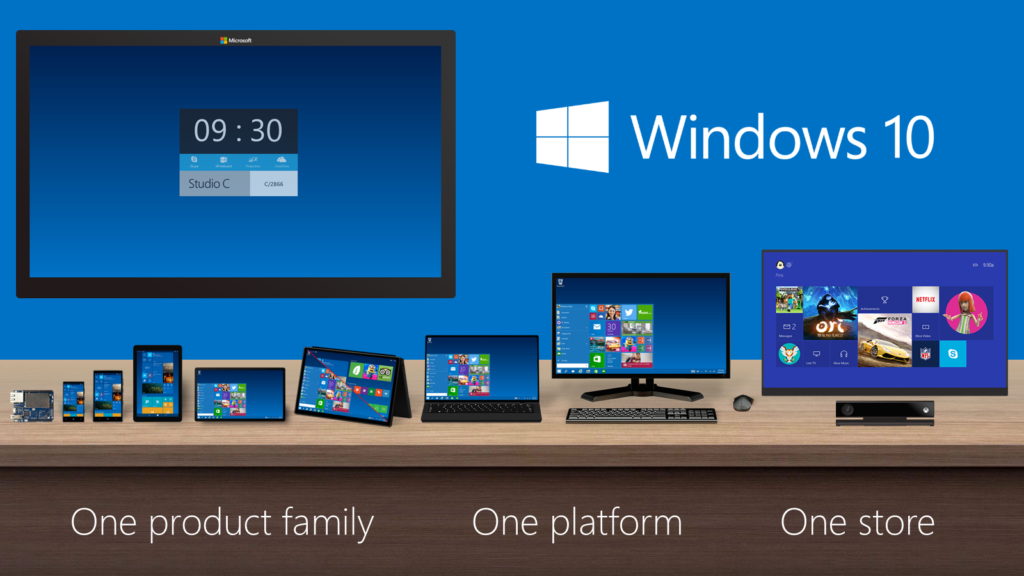
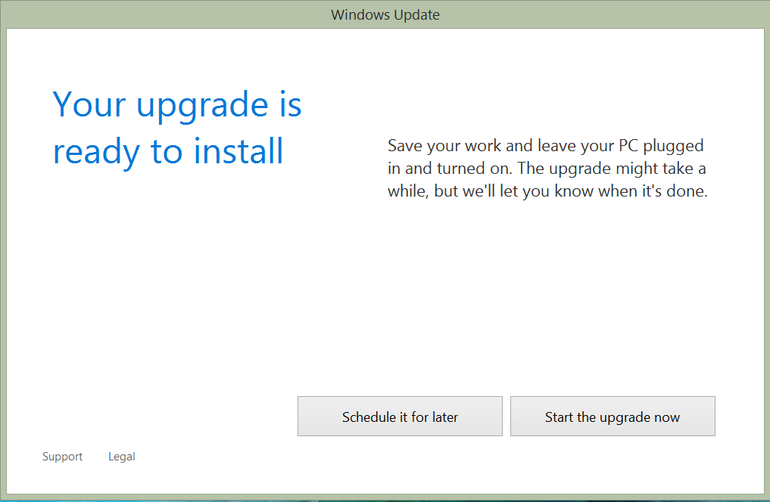
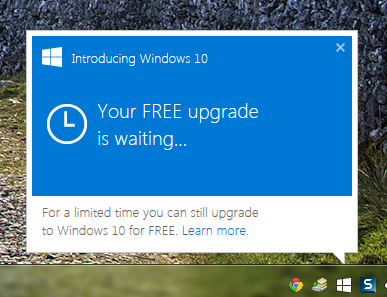
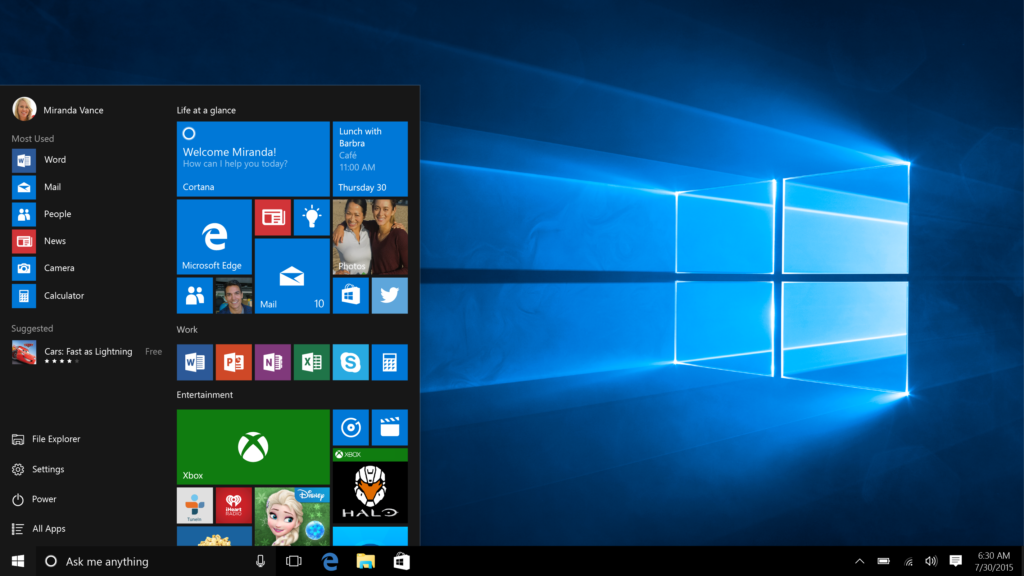
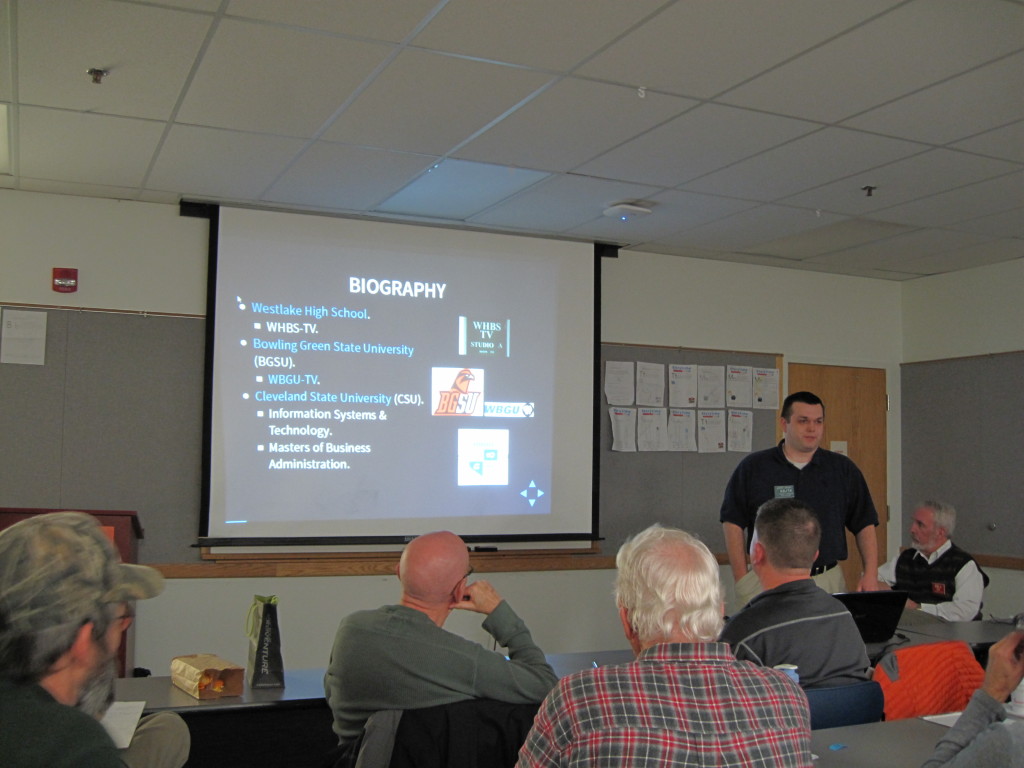
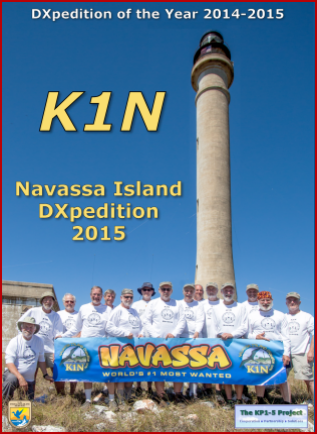
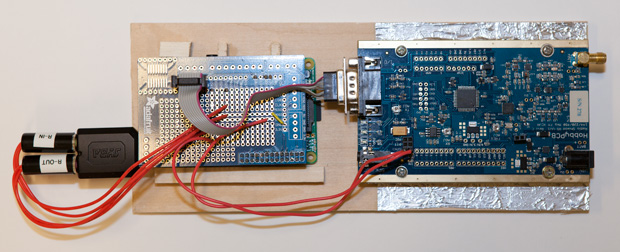
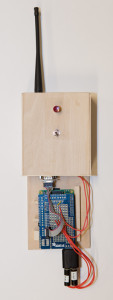
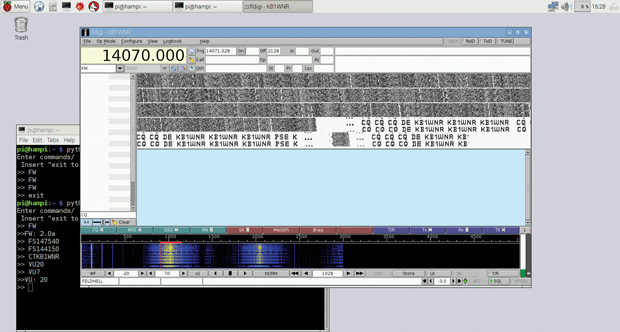

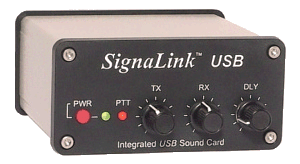 Back to Fldigi. The developer of Fldigi maintained the installer and source files on his own server. Somewhere near the end of last year, his site was hacked. The decision was made to move the files from his server over to SourceForge. Likely in an attempt to be more secure.
Back to Fldigi. The developer of Fldigi maintained the installer and source files on his own server. Somewhere near the end of last year, his site was hacked. The decision was made to move the files from his server over to SourceForge. Likely in an attempt to be more secure.